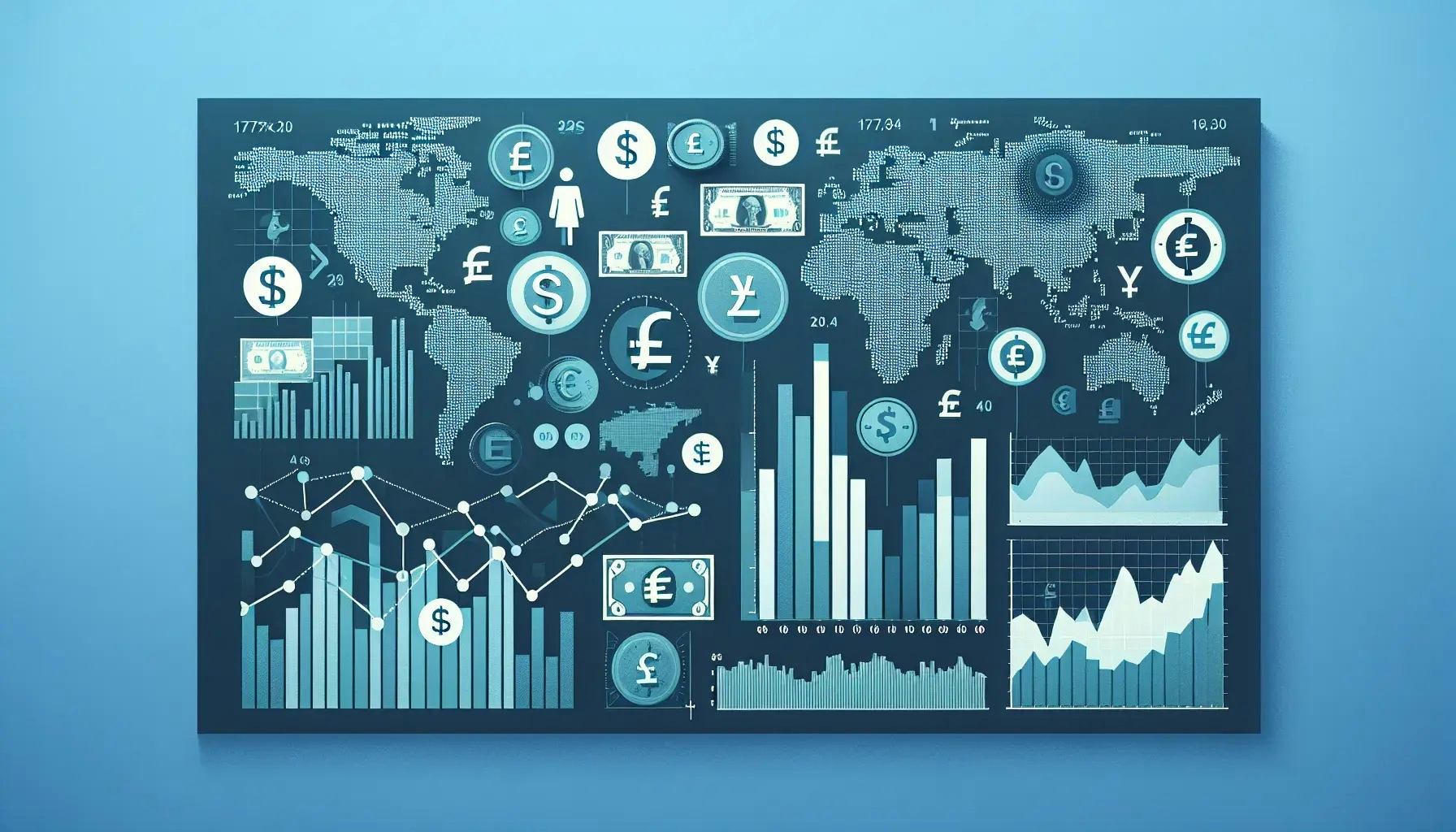Welcome to a comprehensive exploration of interest rates and their effects across the globe. This blog post will delve into the intricacies of interest rates, their variations from one country to another, and the profound impact they have on economies worldwide. We'll explore the factors that influence these rates and the ripple effects they create in both local and global markets.
Understanding Interest Rates: The Basics
Interest rates serve as the cost of borrowing money. They are a critical tool for central banks to control monetary policy and influence economic growth. Higher interest rates can slow down an overheated economy by making borrowing more expensive. Conversely, lower interest rates can stimulate economic activity by making loans cheaper.
A variety of factors influence interest rates. These include inflation, economic growth rates, and the overall financial health of a country. Central banks often adjust interest rates to keep inflation within a target range while also supporting economic growth.
Interest rates also have a significant impact on the foreign exchange market. Higher interest rates can attract foreign investors looking for better returns, which can strengthen a country's currency. On the other hand, lower interest rates can lead to capital outflows and a weaker currency.
Global Comparison of Interest Rates
Interest rates vary significantly from one country to another. Developed countries like the United States, Japan, and Germany typically have lower interest rates compared to developing countries. This is because developed countries have more stable economies and lower inflation rates, which reduces the risk for lenders.
On the other hand, developing countries often have higher interest rates due to higher inflation and greater economic uncertainty. For example, countries like Argentina and Turkey have experienced high inflation in recent years, leading to high interest rates.
However, it's important to note that high interest rates are not always a sign of economic instability. Sometimes, countries may raise interest rates to attract foreign investment or control capital outflows.
The Effects of Interest Rates on the Economy
Interest rates have a profound impact on the economy. They influence consumer spending, business investment, inflation, and even the strength of a country's currency.
When interest rates are high, borrowing becomes more expensive. This can discourage consumers from taking out loans to buy homes or cars, which can slow down economic activity. High interest rates can also deter businesses from borrowing to invest in new projects, which can stifle economic growth.
On the other hand, low interest rates can stimulate economic activity by making borrowing cheaper. This can encourage consumers to spend more and businesses to invest in new projects, which can boost economic growth.
However, keeping interest rates too low for too long can lead to problems. It can cause inflation to rise, and it can also create asset bubbles as investors search for higher returns in riskier assets.
Interest Rates and the Foreign Exchange Market
Interest rates also play a crucial role in the foreign exchange market. Higher interest rates can attract foreign investors looking for better returns, which can strengthen a country's currency. Conversely, lower interest rates can lead to capital outflows and a weaker currency.
For example, if the U.S. Federal Reserve raises interest rates while the European Central Bank keeps rates steady, the U.S. dollar might strengthen against the euro. This is because investors might move their money to the U.S. to take advantage of the higher interest rates.
However, it's important to note that interest rates are just one of many factors that influence exchange rates. Other factors include economic growth rates, political stability, and market sentiment.
The Future of Interest Rates: A Global Perspective
The future of interest rates is uncertain and depends on a variety of factors. These include economic growth rates, inflation, and the overall financial health of a country.
In the short term, many central banks around the world are keeping interest rates low to support their economies during the COVID-19 pandemic. However, as economies recover, central banks may start to raise interest rates to prevent inflation from getting too high.
In the long term, demographic trends could also influence interest rates. Aging populations in many developed countries could lead to lower interest rates as the demand for savings outstrips the demand for loans.
However, it's important to remember that predicting future interest rates is difficult. Central banks must balance a variety of factors and often have to adjust their policies in response to unexpected economic events.
Conclusion: The Global Impact of Interest Rates
Interest rates are a powerful tool that central banks use to manage their economies. They have a profound impact on everything from consumer spending to business investment to the strength of a country's currency.
As we've seen, interest rates vary significantly from one country to another, and they can have far-reaching effects on the global economy. Understanding these dynamics can help investors, businesses, and policymakers make more informed decisions.
Wrapping Up: The Global Influence of Interest Rates
In conclusion, interest rates are more than just numbers. They are a reflection of a country's economic health and a tool for influencing economic activity. As we navigate through an increasingly interconnected global economy, understanding the role and impact of interest rates becomes ever more crucial. Whether you're an investor, a business owner, or simply a curious individual, we hope this blog post has shed some light on the fascinating world of interest rates and their global impact.

